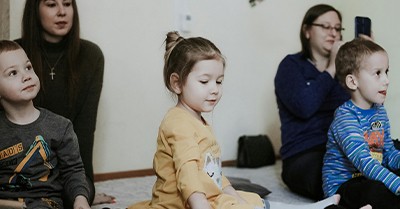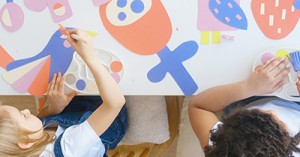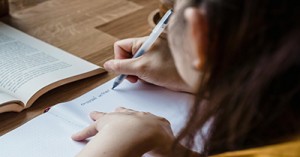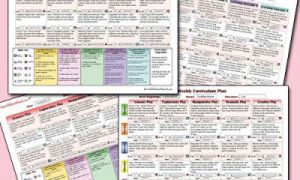Here’s a cheat sheet for Quality Area 6: Collaborative Partnerships with Families and Communities from the NQS. This cheat sheet includes each standard, its elements, and practical examples tailored for early childhood settings.
Quality Area 6 Element Breakdown
| Standard | Element | Focus | Description |
|---|---|---|---|
| 6.1 – Supportive and respectful relationships with families | 6.1.1 | Family Engagement | Families are supported from enrolment to be involved in the service and contribute to decisions. |
| 6.1.2 | Respecting Family Views | The expertise, culture, values and beliefs of families are respected and they share in decision-making. | |
| 6.1.3 | Information Sharing | Families receive current, accessible and clear information about the service and their child. | |
| 6.2 – Collaborative partnerships enhance children’s inclusion, learning and wellbeing | 6.2.1 | Transitions & Continuity | Continuity of learning and transitions are supported through shared information and clarified responsibilities. |
| 6.2.2 | Inclusion & Access | Effective partnerships support children’s access, inclusion and participation. | |
| 6.2.3 | Community Engagement | The service builds relationships and engages with its community. |
Practical Examples
Here’s a set of practical examples for each element of Quality Area 6: Collaborative Partnerships with Families and Communities, designed to support implementation, documentation, and emotional intelligence in early childhood settings:
Standard 6.1 – Supportive and respectful relationships with families
| Element | Practical Examples |
|---|---|
| 6.1.1 – Engagement with families | - Welcome packs with visual guides and trauma-informed language - Family input boards for curriculum ideas, menus, or celebrations - Open-door policy and flexible meeting times for working families |
| 6.1.2 – Respecting family views | - Culturally inclusive documentation (e.g., child voice captions in home languages) - Collaborative goal-setting during enrolment and review periods - Acknowledging family expertise in child development and routines |
| 6.1.3 – Information sharing | - Daily updates via apps, journals, or visual communication boards - Translated newsletters and policy summaries - Visual guides for transitions, routines, and educator roles |
Standard 6.2 – Collaborative partnerships enhance children’s inclusion, learning, and well-being
| Element | Practical Examples |
|---|---|
| 6.2.1 – Continuity of learning and transitions | - Transition-to-school kits with child voice and educator reflections - Visual social stories for new routines or environments - Joint planning meetings with families and allied health teams |
| 6.2.2 – Access and participation | - Inclusion support plans co-designed with families - Quiet spaces and sensory tools for neurodiverse children - Flexible enrolment options for vulnerable families |
| 6.2.3 – Community engagement | - Excursions to local parks, libraries, or cultural centres - Guest visits from Elders, artists, or health professionals - Community resource wall with support services and events |
Further Reading
How To Achieve Quality Area 6
Supporting Doc QA6
Reflection Questions For Quality Area 6
Exceeding Guidance For Quality Area 6







 Here is the list of the EYLF Learning Outcomes that you can use as a guide or reference for your documentation and planning. The EYLF
Here is the list of the EYLF Learning Outcomes that you can use as a guide or reference for your documentation and planning. The EYLF The EYLF is a guide which consists of Principles, Practices and 5 main Learning Outcomes along with each of their sub outcomes, based on identity,
The EYLF is a guide which consists of Principles, Practices and 5 main Learning Outcomes along with each of their sub outcomes, based on identity, This is a guide on How to Write a Learning Story. It provides information on What Is A Learning Story, Writing A Learning Story, Sample
This is a guide on How to Write a Learning Story. It provides information on What Is A Learning Story, Writing A Learning Story, Sample One of the most important types of documentation methods that educators needs to be familiar with are “observations”. Observations are crucial for all early childhood
One of the most important types of documentation methods that educators needs to be familiar with are “observations”. Observations are crucial for all early childhood To support children achieve learning outcomes from the EYLF Framework, the following list gives educators examples of how to promote children's learning in each individual
To support children achieve learning outcomes from the EYLF Framework, the following list gives educators examples of how to promote children's learning in each individual Reflective practice is learning from everyday situations and issues and concerns that arise which form part of our daily routine while working in an early
Reflective practice is learning from everyday situations and issues and concerns that arise which form part of our daily routine while working in an early Within Australia, Programming and Planning is reflected and supported by the Early Years Learning Framework. Educators within early childhood settings, use the EYLF to guide
Within Australia, Programming and Planning is reflected and supported by the Early Years Learning Framework. Educators within early childhood settings, use the EYLF to guide When observing children, it's important that we use a range of different observation methods from running records, learning stories to photographs and work samples. Using
When observing children, it's important that we use a range of different observation methods from running records, learning stories to photographs and work samples. Using This is a guide for educators on what to observe under each sub learning outcome from the EYLF Framework, when a child is engaged in
This is a guide for educators on what to observe under each sub learning outcome from the EYLF Framework, when a child is engaged in The Early Years Learning Framework describes the curriculum as “all the interactions, experiences, activities, routines and events, planned and unplanned, that occur in an environment
The Early Years Learning Framework describes the curriculum as “all the interactions, experiences, activities, routines and events, planned and unplanned, that occur in an environment


